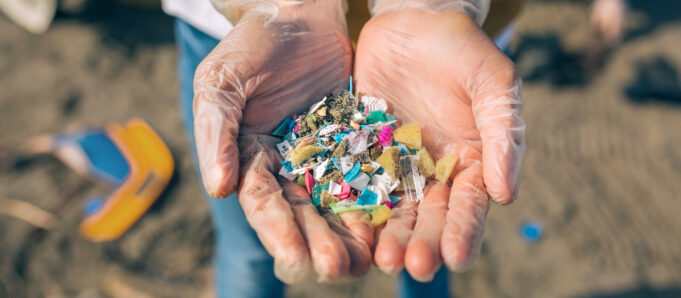Microplastics, tiny plastic fragments wreaking havoc on our ecosystems, are a growing concern. Detecting and managing these contaminants is crucial for maintaining water quality and safeguarding public health. A recent breakthrough from researchers at Nagoya University, in collaboration with the National Institute for Materials Sciences (NIMS) in Japan, promises to revolutionize microplastic monitoring with a method using porous metal substrates and machine learning to cheaply and effectively detect microplastics.
Here’s why this is a game-changer for water treatment professionals:
- Faster, Cheaper Monitoring: This new method eliminates the need for expensive and time-consuming separation techniques. Imagine capturing and identifying six key microplastic types – polystyrene, polyethylene, and more – in one go.
- Straightforward Analysis: The system utilizes a special light technique (surface-enhanced Raman spectroscopy) to analyze captured microplastics. The complex data is then deciphered by a machine learning algorithm called SpecATNet, ensuring accurate and swift identification.
- Deployment-Ready for All Labs: The good news? This method is designed to be affordable and user-friendly. The materials required for the system bring cost savings of 90% to 95% compared to commercially available alternatives. This makes the method accessible even to resource-limited labs and facilities, democratizing the ability to monitor and manage microplastic pollution.
Key Takeaways for Water Treatment Professionals:
- This innovation has the potential to revolutionize microplastics monitoring in water treatment plants.
- Faster and more affordable detection methods can lead to better data on microplastic contamination, allowing for improved treatment strategies.
- Widespread adoption of this technology can significantly contribute to safeguarding public health and our aquatic ecosystems.
The Future of Microplastics Monitoring
The researchers are continuously improving the system, aiming to broaden its detection range and compatibility with various data types. This paves the way for even more comprehensive microplastics monitoring in the future. SOURCE: Nature Communications





